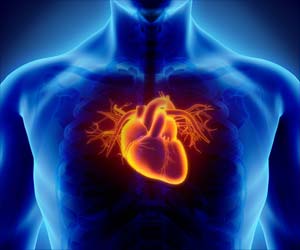Patients in the United States who receive cardiac electrophysiological devices (CIEDs), including permanent pacemakers and implantable cardioverter-defibrillators (ICDs) are now at greater risk

Their analysis found that the annual incidence of CIED-related infection increased by 210 percent over the 16-year period studied.
Further analysis showed a jump in infections after 2004, directly correlating with an increase in four major comorbidities: renal failure, respiratory failure, heart failure and diabetes.
"We believe the growing number of clinical comorbidities in this patient population plays a large role in the increase in infections associated with CIEDs," said Arnold J. Greenspon, M.D., professor of medicine at Jefferson Medical College of Thomas Jefferson University, director of Cardiac Electrophysiology at Thomas Jefferson University Hospital, and lead author of the study. "The patients are sicker, which may place them at higher risk for infection." The highest infection rates occurred in white males over 65.
Pacemakers and ICDs are important in regulating the electrical signaling to the heart. Pacemakers help to speed up a slow heart rhythm (bradycardia) whereas ICDs help to slow down rapid heart rhythm (tachycardia), a potentially life-threatening condition.
The study showed a 96 percent increase in CIED implantation, mostly due to a marked increase in the use of ICDs. "The expanding indications for ICD implantation may have contributed to the rise in infections since many of these patients have multiple medical co-morbidities," added Dr. Greenspon.
Advertisement
Rising CIED infection rates also have economic implications for hospitals, as these patients require prolonged hospital stays which are associated with increased costs.
Advertisement
Source-Eurekalert











